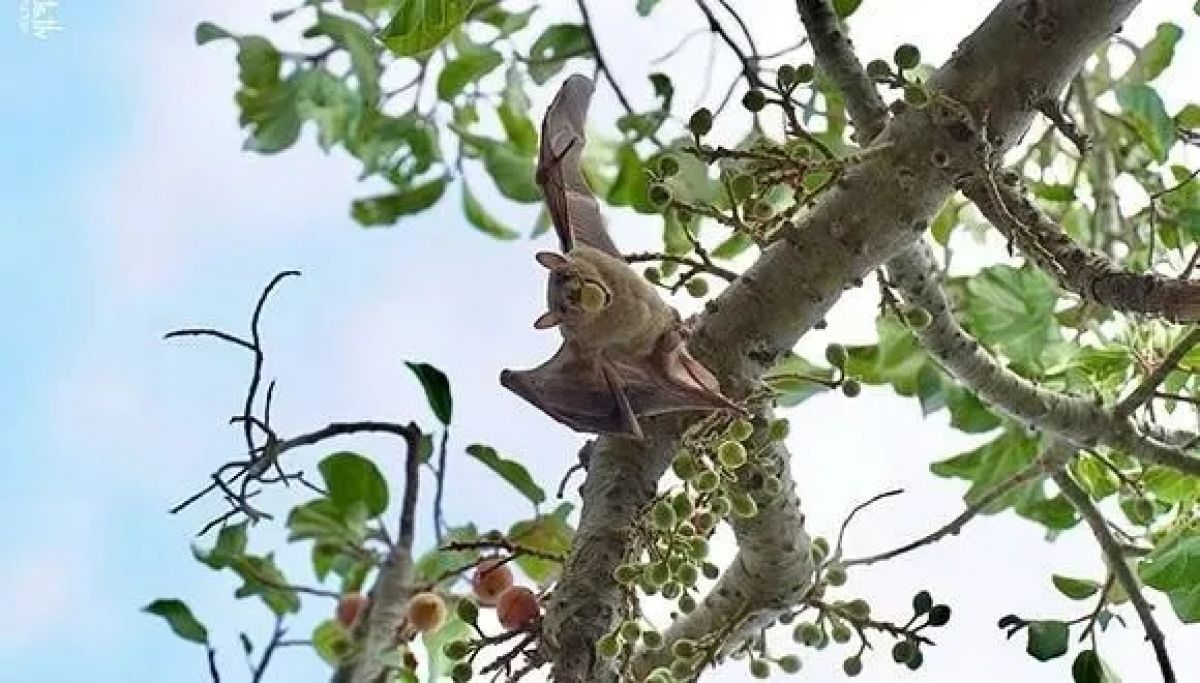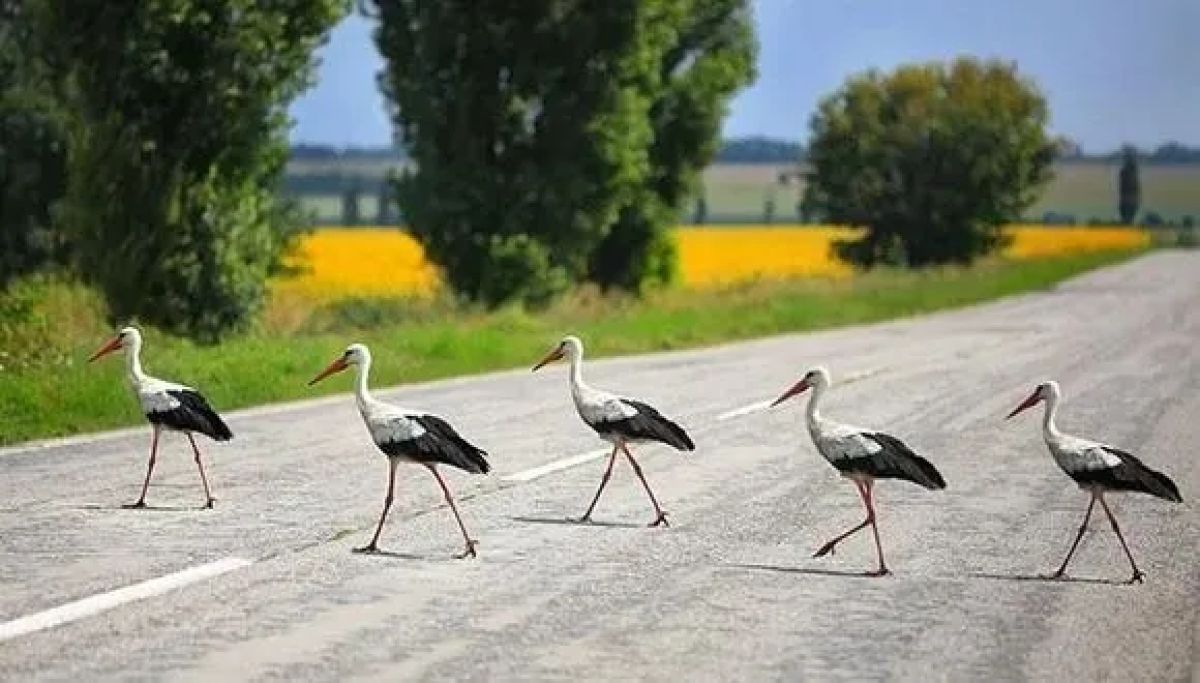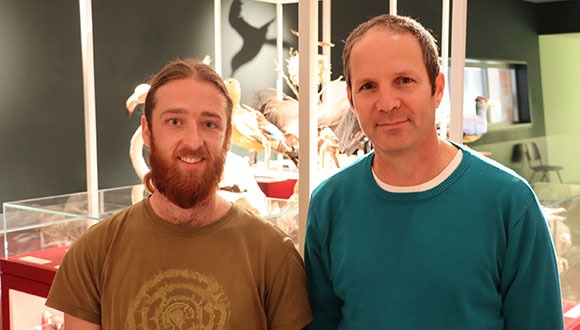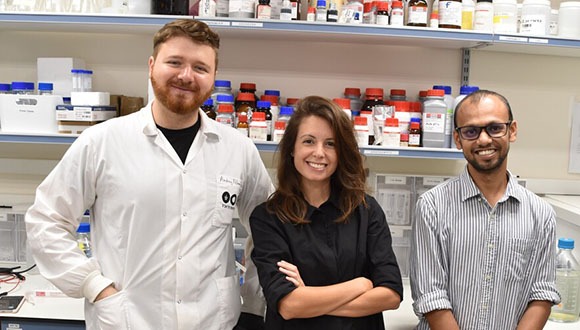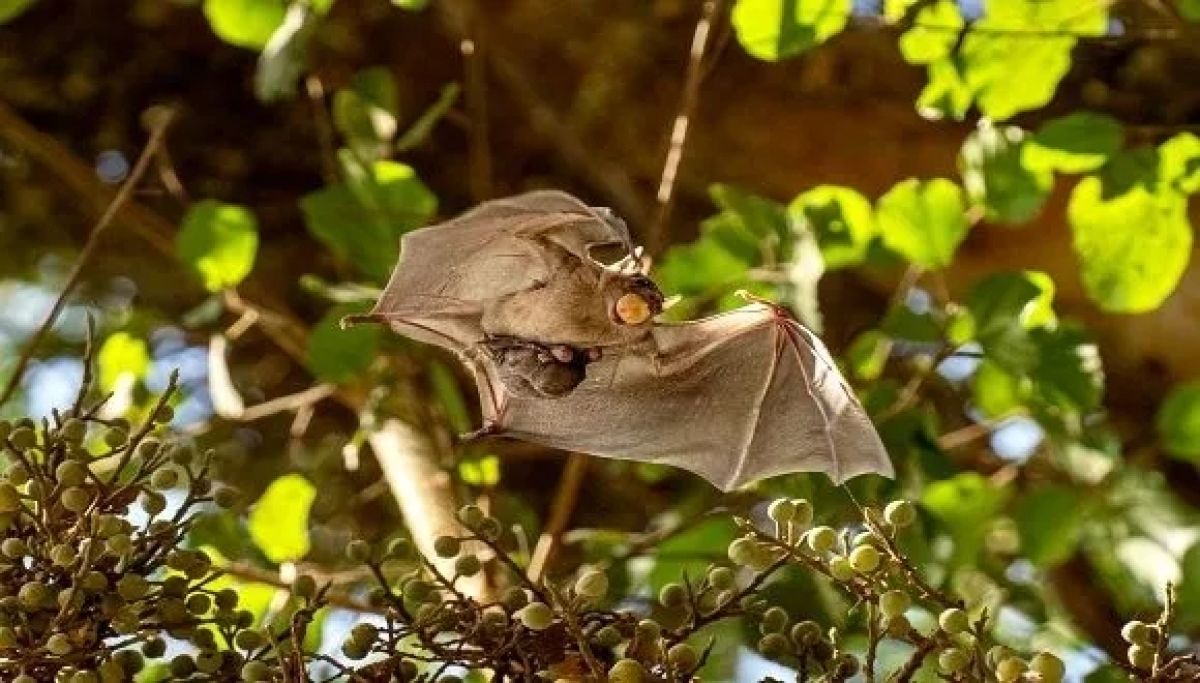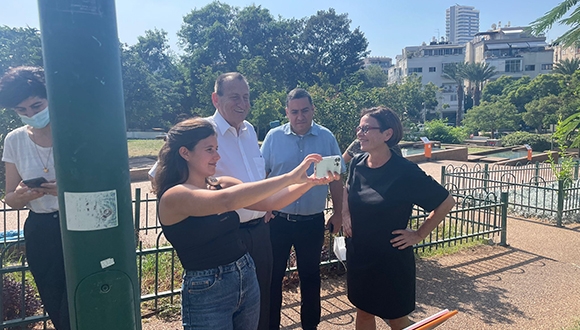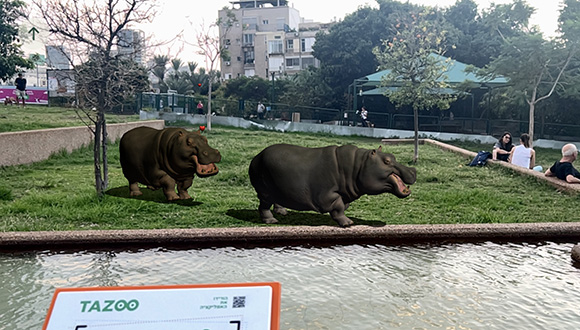A groundbreaking study by researchers from Tel Aviv University tracks the development of humans’ hunting practices over the last 1.5 million years – as reflected in the animals we’ve hunted and consumed. The researchers believe that at any given time early humans preferred to hunt the largest animals available in their surroundings, which provided the greatest quantities of food in return for their effort.
In this way, according to the researchers, early humans repeatedly overhunted large animals to extinction and then went on to the next in size – while improving their hunting technologies to meet the new challenge. The researchers also claim that about 10,000 years ago, when animals larger than deer became extinct, humans began to domesticate plants and animals to supply their needs, which might explain why the agricultural revolution began in the Levant at precisely that time.
The study was conducted by Prof. Ran Barkai and Dr. Miki Ben-Dor of The Jacob M. Alkow Department of Archaeology and Ancient Near Eastern Cultures, Prof. Shai Meiri of the School of Zoology and The Steinhardt Museum of Natural History, and Jacob Dembitzer, a research student of Prof. Barkai and Prof. Meiri, who led the project. The paper was published in the prestigious scientific journal Quaternary Science Reviews.
The study, unprecedented in both scope and timespan, presents a comprehensive analysis of data on animal bones discovered at dozens of prehistoric sites in and around Israel. Findings indicate a continual decline in the size of game hunted by humans as their main food source – from giant elephants 1-1.5 million years ago down to gazelles 10,000 years ago. According to the researchers, these findings paint an illuminating picture of the interaction between humans and the animals around them over the last 1.5 million years.
Overhunting or Climate Changes?
Prof. Barkai notes two major issues presently addressed by prehistorians worldwide: What caused the mass extinction of large animals over the past hundreds of thousands of years – overhunting by humans or perhaps recurring climate changes? And what were the driving forces behind great changes in humankind – both physical and cultural – throughout its evolution?
Prof. Barkai: “In light of previous studies, our team proposed an original hypothesis that links the two questions: We think that large animals went extinct due to overhunting by humans, and that the change in diet and the need to hunt progressively smaller animals may have propelled the changes in humankind. In this study we tested our hypotheses in light of data from excavations in the Southern Levant covering several human species over a period of 1.5 million years.”
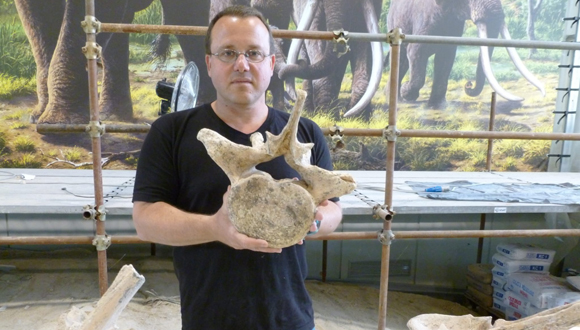
Prof. Ran Barkai
Jacob Dembitzer adds: “We considered the Southern Levant (Israel, the Palestinian Authority, Southwest Syria, Jordan, and Lebanon) to be an ‘archaeological laboratory’ due to the density and continuity of prehistoric findings covering such a long period of time over a relatively small area – a unique database unavailable anywhere else in the world. Excavations, which began 150 years ago, have produced evidence for the presence of humans, beginning with Homo erectus who arrived 1.5 million years ago, through the Neanderthals who lived here from an unknown time until they disappeared about 45,000 years ago, to modern humans (namely, ourselves) who came from Africa in several waves, starting around 180,000 years ago.”
The researchers collected all data available in the literature on animal bones found at prehistoric sites in the Southern Levant, mostly in Israel. These excavations, conducted from 1932 until today, provide a unique sequence of findings from different types of humans over a period of 1.5 million years. With some sites comprising several stratigraphic layers, sometimes thousands of years apart, the study covered a total of 133 layers from 58 prehistoric sites, in which thousands of bones belonging to 83 animal species had been identified. Based on these remains, the researchers calculated the weighted mean size of the animals in each layer at every site.
Prof. Meiri: “Our study tracked changes at a much higher resolution over a considerably longer period of time compared to previous research. The results were illuminating: we found a continual, and very significant, decline in the size of animals hunted by humans over 1.5 million years. For example, a third of the bones left behind by Homo erectus at sites dated to about a million years ago, belonged to elephants that weighed up to 13 tons (more than twice the weight of the modern African elephant) and provided humans with 90% of their food. The mean weight of all animals hunted by humans at that time was 3 tons, and elephant bones were found at nearly all sites up to 500,000 years ago.”
“Starting about 400,000 years ago, the humans who lived in our region – early ancestors of the Neandertals and Homo sapiens, appear to have hunted mainly deer, along with some larger animals weighing almost a ton, such as wild cattle and horses. Finally, in sites inhabited by modern humans, from about 50,000 to 10,000 years ago, approximately 70% of the bones belong to gazelles – an animal that weighs no more than 20-30kg. Other remains found at these later sites came mostly from fallow deer (about 20%), as well as smaller animals such as hares and turtles.”
Climate Change had Minimal Impact
Jacob Dembitzer: “Our next question was: What caused the disappearance of the large animals? A widely accepted theory attributes the extinction of large species to climate changes through the ages. To test this, we collected climatic and environmental data for the entire period, covering more than a dozen cycles of glacial and interglacial periods. This data included temperatures based on levels of the oxygen 18 isotope, and rainfall and vegetation evidenced by values of carbon 13 from the local Soreq Cave. A range of statistical analyses correlating between animal size and climate, precipitation, and environment, revealed that climate, and climate change, had little, if any, impact on animal extinction.”
According to Dr. Ben-Dor: “Our findings enable us to propose a fascinating hypothesis on the development of humankind: Humans always preferred to hunt the largest animals available in their environment, until these became very rare or extinct, forcing the prehistoric hunters to seek the next in size. As a result, to obtain the same amount of food, every human species appearing in the Southern Levant was compelled to hunt smaller animals than its predecessor, and consequently had to develop more advanced and effective technologies. Thus, for example, while spears were sufficient for Homo erectus to kill elephants at close range, modern humans developed the bow and arrow to kill fast-running gazelles from a distance.”
Environmental Damage from the Dawn of Humanity
Prof. Barkai concludes: “We believe that our model is relevant to human cultures everywhere. Moreover, for the first time, we argue that the driving force behind the constant improvement in human technology is the continual decline in the size of game. Ultimately, it may well be that 10,000 years ago in the Southern Levant, animals became too small or too rare to provide humans with sufficient food, and this could be related to the advent of agriculture. In addition, we confirmed the hypothesis that the extinction of large animals was caused by humans – who time and time again destroyed their own livelihood through overhunting. We may therefore conclude that humans have always ravaged their environment but were usually clever enough to find solutions for the problems they had created – from the bow and arrow to the agricultural revolution. The environment, however, always paid a devastating price.”

